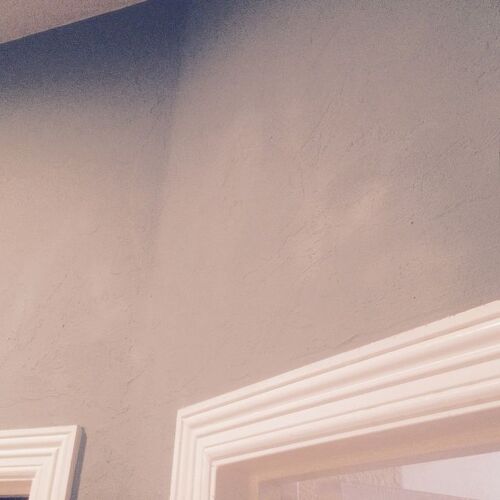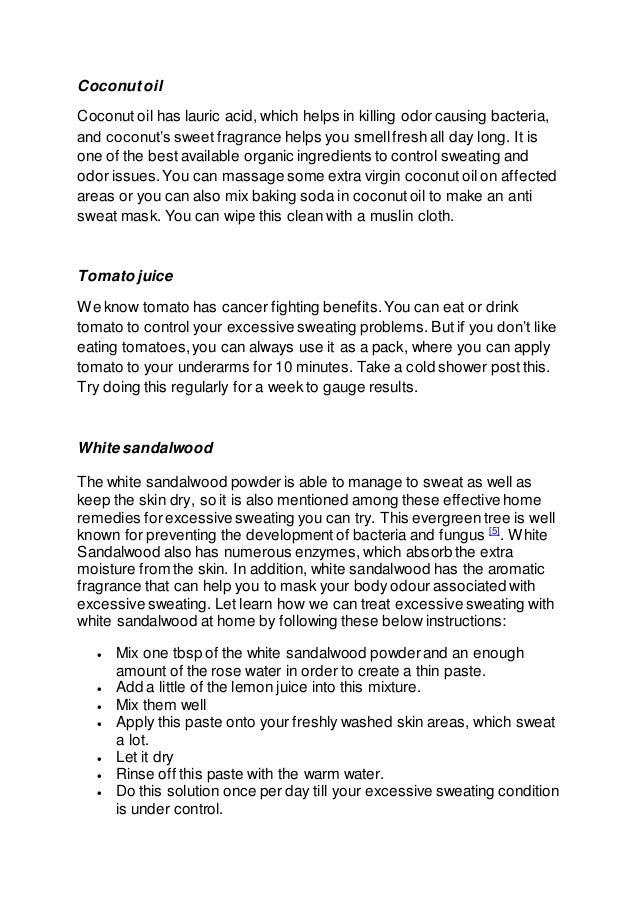In the heart of your home, a silent battle wages against moisture, leading to a discomforting phenomenon known as “sweating walls.” Marked by damp, cold, and unsightly surfaces, this issue not only compromises the integrity of your dwelling but also poses potential health hazards. But fear not, for within the depths of this comprehensive guide, you shall find the knowledge and empowerment to conquer this architectural ailment. Together, we will embark on a journey to unravel the causes of sweating walls and equip you with the tools necessary to restore the comfort and tranquility of your abode.

Image: www.hometalk.com
Delving into the Causes of Wall Perspiration
The genesis of sweating walls lies in an imbalance between moisture production and its effective removal. Excessive humidity, inadequate ventilation, and thermal bridging are the primary culprits behind this distressing phenomenon. Understanding these factors is paramount in devising a tailored solution to alleviate the issue.
-
Excessive Humidity: The Root of the Problem
Water vapor, an ever-present element in our homes, becomes the catalyst for sweating walls when its concentration exceeds the air’s capacity to hold it. This can arise from various sources, such as cooking, showering, laundry, and even human respiration. Without proper ventilation, this excess moisture condenses on cold surfaces, giving rise to the telltale dampness of sweating walls.
-
Inadequate Ventilation: Hindering Humidity Escape
Ventilation is the lifeblood of moisture control in our homes. When fresh air cannot freely circulate, moisture has no escape route and accumulates within the structure, leading to condensation and the subsequent formation of sweating walls. Poorly sealed windows, blocked vents, and insufficient exhaust systems can all contribute to this ventilation deficiency.
-

Image: www.slideshare.netThermal Bridging: A Conduit for Cold and Condensation
Thermal bridging occurs when a building’s structure allows cold to penetrate from the exterior to the interior. This thermal energy loss creates cold spots on interior surfaces, providing an ideal environment for condensation and the development of sweating walls. Common culprits of thermal bridging include uninsulated studs, metal framing, and poorly sealed windows and doors.
Empowering You with Effective Solutions
Having unveiled the root causes of sweating walls, we now turn our attention to empowering you with practical solutions to restore the equilibrium of your home’s environment and bid farewell to this pesky issue.
-
Moisture Control: Taking Charge of Humidity
Controlling moisture levels is the cornerstone of preventing sweating walls. Invest in a dehumidifier to reduce excess moisture in the air, especially during humid seasons or in areas prone to moisture buildup. Additionally, ensure proper ventilation in moisture-prone areas such as bathrooms, kitchens, and laundry rooms by opening windows or installing exhaust fans.
-
Enhanced Ventilation: Ushering in Fresh Air
Proper ventilation is not merely desirable; it is essential for maintaining a healthy indoor environment. Open windows and doors whenever possible to allow fresh air to circulate and carry away excess moisture. Install exhaust fans in areas where moisture tends to linger, such as bathrooms and kitchens. Regularly inspect ventilation systems to ensure they are functioning optimally.
-
Addressing Thermal Bridging: Insulating Against Cold
To combat thermal bridging, focus on improving the insulation of your home. Identify and seal air leaks around windows, doors, and other openings. If necessary, add insulation to exposed studs or metal framing to minimize heat loss and cold spots. Consider using thermal breaks, which are materials that disrupt the flow of heat through a structure, to prevent thermal bridging.
-
Additional Measures: Supporting Your Efforts
In addition to the core solutions discussed above, several supplemental measures can further support your efforts in combating sweating walls. These include:
- Using vapor barriers to prevent moisture from penetrating walls and ceilings
- Installing a cladding system to protect exterior walls from moisture
- Ensuring proper drainage around the foundation of your home to prevent water seepage
- Regularly monitoring the humidity levels and ventilation in your home to maintain optimal conditions
How To Fix Sweating Walls
Conclusion: A Farewell to Sweating Walls
The battle against sweating walls is not one to be fought alone. Arm yourself with the knowledge and solutions presented in this comprehensive guide, and you will be well-equipped to restore the comfort and well-being of your home. Remember, controlling moisture, enhancing ventilation, and addressing thermal bridging are the cornerstones of success. By embracing these strategies, you will bid farewell to sweating walls and usher in a new era of indoor tranquility.